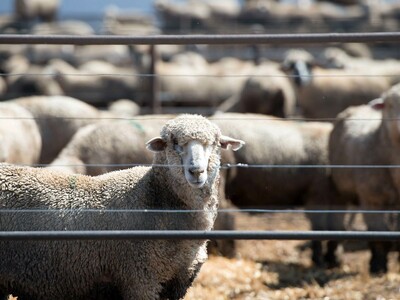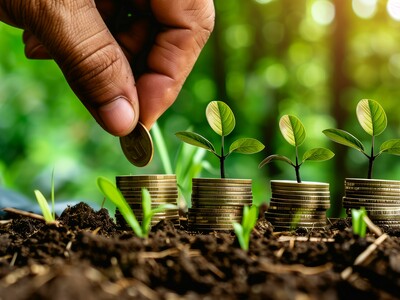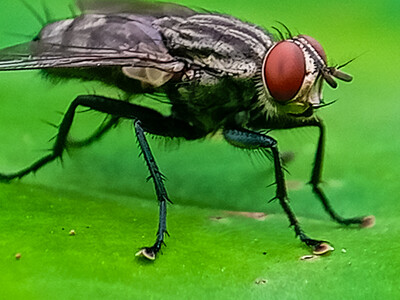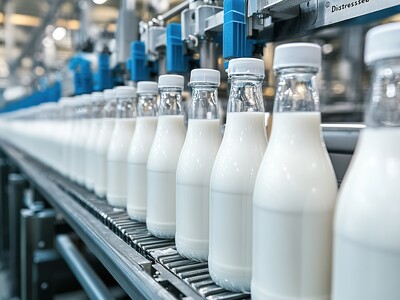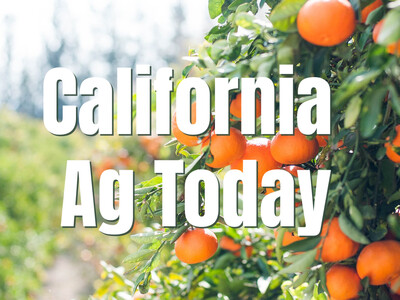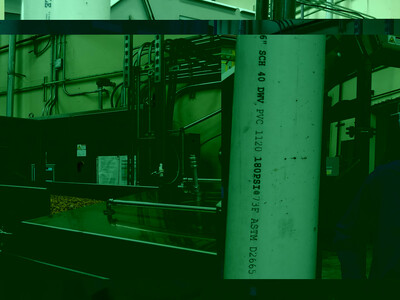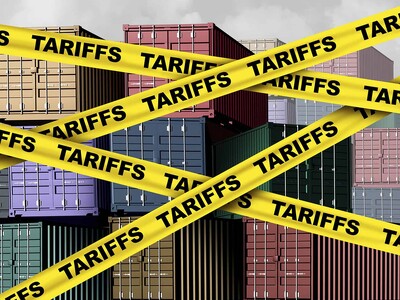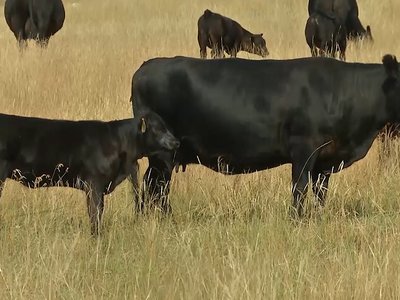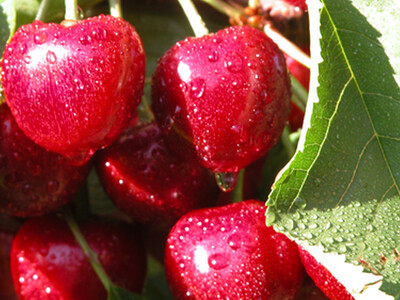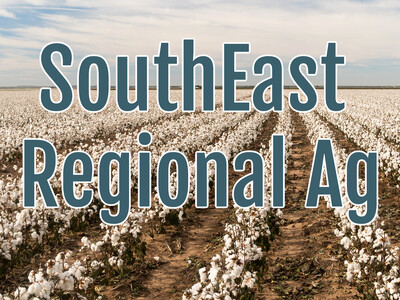Building on Canola Production
Building on Canola Production. I’m Greg Martin as Line On Agriculture presents the Harvest Clean Energy Report.
Ted Durfey with Natural Selection Farms in
DURFEY: Once we got started growing canola fuel prices started rising very fast and people started putting surcharges on everything you had delivered or whatever you purchased and realized eventually that we needed to do something about controlling our own destiny as far as the future of our fuel and the reliability of our fuel and to create sustainability.
Durfey says that one plus side to growing canola has to do with irrigation.
DURFEY: Canola actually uses water at an alternate time of year than when our permanent crops use water and so on a short water year it allows us to move our water to a crop for example canola is pretty well through using water in May and so June, July and August when the permanent crops use water so it allowed us the opportunity to be able to use water at different timing of the year.
According to Durfey there is a lot more to using this kind of biodiesel than just being able to fill your tank.
DURFEY: If we can grow our own crops, harvest them and then turn around and keep those dollars within our community and use our own fuel then we are building our own economy, building employment and sustaining our economy a lot better than going offshore to buy fuel from another country and then bringing it back and refining it.
Durfey has his eyes set on the future of the energy industry and that does include some of the very positive aspects of biofuels that are on the green side.
DURFEY: You do get 80% less CO2 emissions with biodiesel versus regular diesel but one of the great attributes of it is it’s also biodegradable and so if there is a spill we’re not contaminating our environment, it’ll break down just like sugar in the ground and so you are getting cleaner air out of it. Those are side benefits of it which are the green side of the equation and it’s a real plus but the real aspect of it is creating sustainability for agriculture.
For additional information on clean energy, visit harvestcleanenergy.org. That’s today’s Line On Agriculture. I’m Greg Martin on the Northwest Ag Information Network.
www.harvestcleanenergy.org





